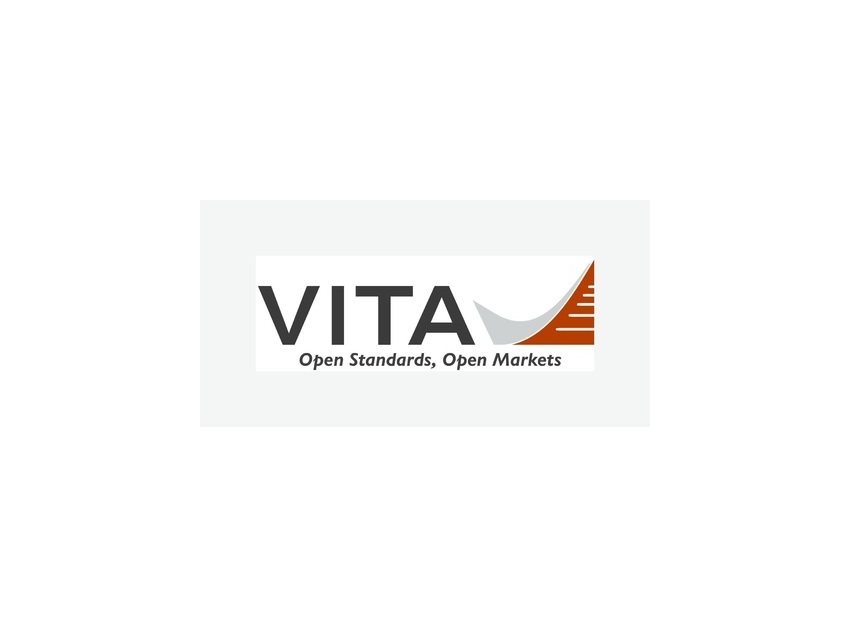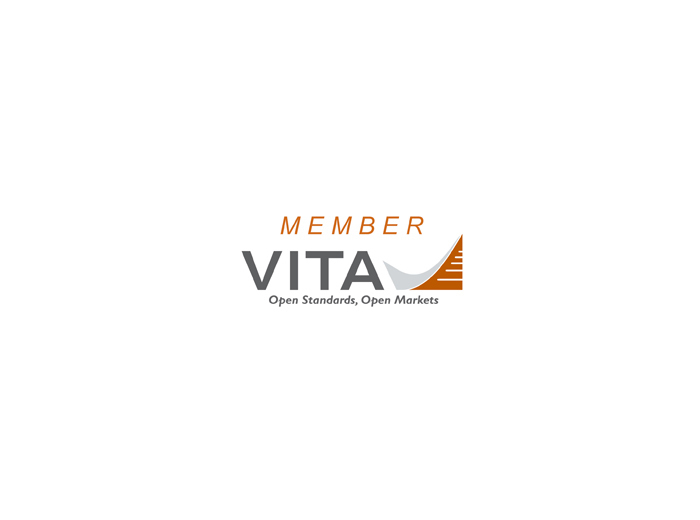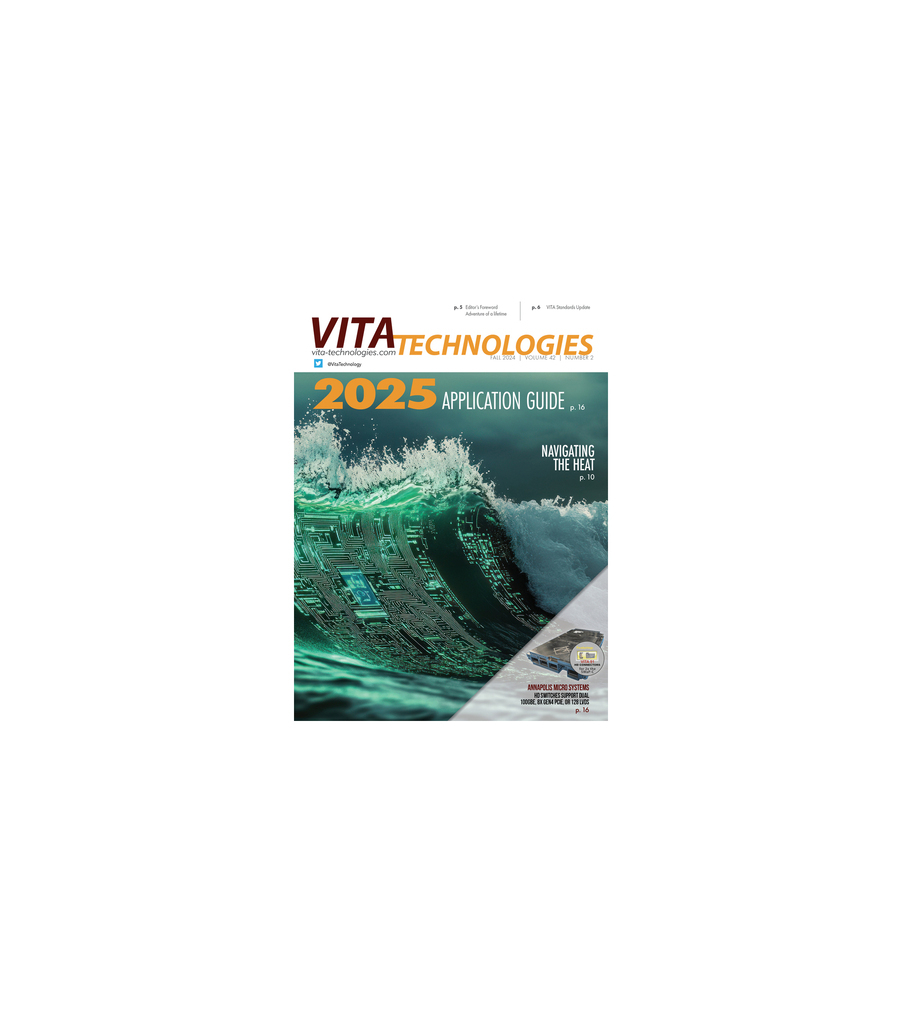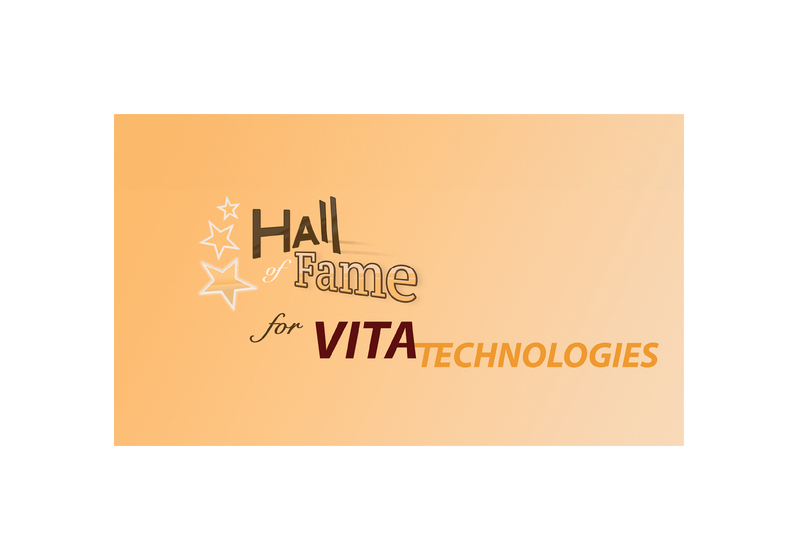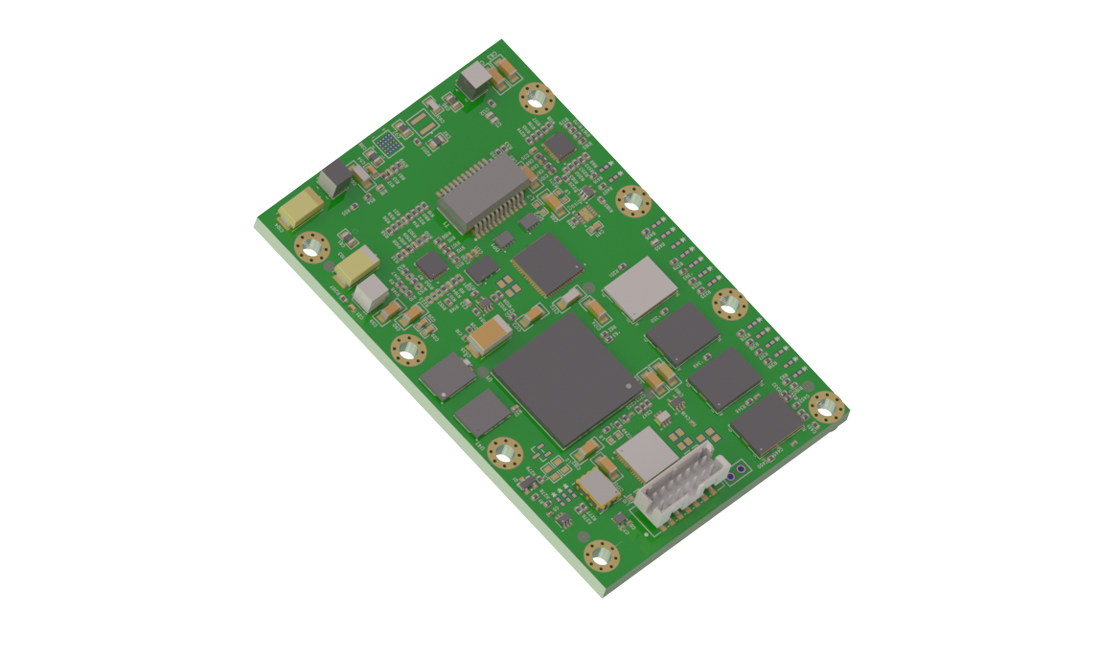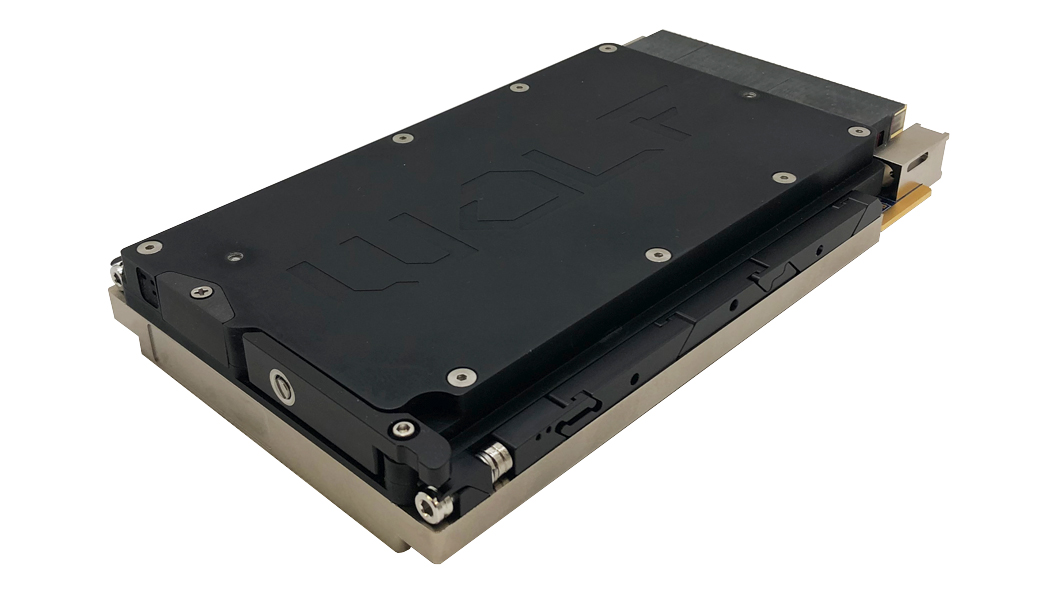Artificial intelligence (AI) is increasingly prevalent in today’s news, with new applications leveraging AI emerging daily. The intelligence gained by mining large data sets is becoming more relevant with each release of AI models. Many individuals find it challenging to understand how to use AI to benefit their professional and personal lives.
VITA staff has been discussing the impact of AI on standards development for several years. On one hand, AI-enabled tools are becoming pervasive and anticipated to improve, only getting better with each passing release, necessitating their use to remain competitive. On the other hand, there is long-term concern in the standards community regarding the viability of patentable content created through the use of AI tools. VITA continues to monitor the legal impact of AI, which is being studied extensively by legal communities.
In the current realm of standards development, several VITA working groups have started to utilize commercially available AI tools to enhance document creation and improve the content. Most notably, working groups are using AI to:
- Automate repetitive tasks: AI can automate repetitive tasks such as formatting, proofreading, and checking for consistency in documents. This can save time and reduce errors. Working group editors are employing AI tools such as Microsoft’s Copilot or variations of ChatGPT to rewrite brief text pieces in much more concise terms. These AI tools excel in grammar and generate clear text for rules, recommendations, permissions, suggestions, and observations that are used in VITA standards.
- Facilitate collaboration: AI can facilitate collaboration by providing tools for real-time editing, feedback, and communication among team members. This can help streamline the process of developing standards and ensure that all stakeholders are involved. Meetings now use Zoom AI Companion to take meeting notes.
- Analyze large data sets: AI can analyze large data sets to identify trends, patterns, and insights that can inform the development of standards. This process can help ensure that standards are based on the latest and most relevant information. In the future, suites of documents will be analyzed to address conflicts, create design guidelines, and develop training materials.
Some working groups are using AI to assist in generating mechanical drawings. AI tools provide information based on extensive data that may be beyond the reach of working group subject-matter experts. Often these tools present ideas that can be further discussed and analyzed by human subject-matter experts.
VITA working group editors and participants are in the early stages of using AI tools, each with differing degrees of tool knowledge, and may use them more comprehensively in the future to analyze entire documents for issues that must be addressed to create optimal documents. VITA plans to continue exploring AI tools to help create better documents and tools for designers of critical embedded computing systems.
We have yet to witness the day when AI tools assume full control over the development of new standards, as some may fear. The definition of new open standards still involves considerable discussion and collaboration. However, the utilization of AI tools to enhance and expedite this process is likely to be welcomed. The complexity of future architectures being developed and defined necessitates such advancements. AI can predict future trends and developments in the computer industry, helping to create standards that are forward-looking and adaptable to future changes.

